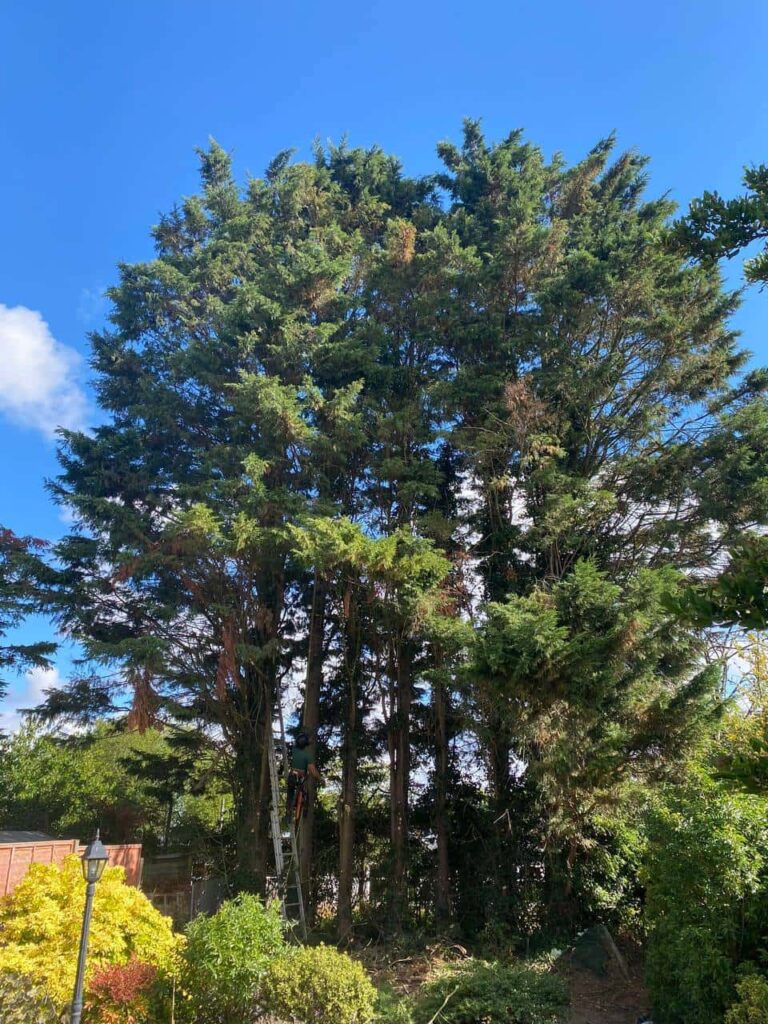Understanding Major Tree Reduction
Tree reduction is a common practice in tree surgery, aimed at reducing the size of a tree while maintaining its natural shape and health. It is often necessary when a tree has grown too large for its surroundings, poses safety risks, or needs to be balanced structurally. But one of the most common questions homeowners ask is: can a tree adapt after a major reduction? At Eye Tree Surgeons, we’ve seen how trees in Eye, Suffolk, respond to careful reductions, and the answer is yes — provided the work is carried out correctly.
How Trees Respond to Reduction
When a tree undergoes a significant reduction, it experiences stress. However, trees are living organisms with remarkable resilience. They can adapt by:
- Producing new shoots and foliage to restore photosynthesis levels.
- Redirecting energy to strengthen remaining branches.
- Developing protective growth to shield pruning cuts.
This natural ability to regenerate is what allows many trees to thrive after reductions, but only if the process is managed professionally.
Factors That Influence a Tree’s Ability to Adapt
1. Tree Species
Some species, such as lime, willow, and sycamore, are more tolerant of reductions and regenerate quickly. Others may be slower to adapt and require more careful management.
2. Age and Health
Younger and healthier trees typically adapt more easily, while older or stressed trees may struggle after a major cutback.
3. Time of Year
Carrying out reductions during the dormant season often gives the tree the best chance to recover, as it reduces stress and allows for stronger regrowth in spring.
4. Quality of the Work
At Eye Tree Surgeons, we stress the importance of professional tree surgery. Poorly executed reductions can leave trees vulnerable to disease, decay, or unstable regrowth. A skilled approach ensures cuts are made in the right places to support healthy adaptation.
Benefits of Correct Tree Reduction
When managed properly, tree reduction provides long-term benefits not only for the tree but also for its surroundings. These include:
- Improved safety by reducing the risk of falling branches
- A more balanced, visually pleasing shape
- Prolonged tree health and lifespan
- Better light penetration and airflow in gardens and landscapes
Why Professional Expertise Matters
Tree reduction is not simply about cutting branches. It requires knowledge of tree biology, growth patterns, and long-term care. At Eye Tree Surgeons, we provide professional tree reduction services across Eye, Suffolk, ensuring that trees adapt well and continue to thrive after major reductions.
Conclusion
Yes, trees can adapt after a major reduction — but their recovery depends on species, health, timing, and the quality of the work. For homeowners in Eye, Suffolk, Eye Tree Surgeons offers expert tree surgery services designed to ensure reductions are carried out safely and in a way that supports long-term tree health. With the right care, your trees can continue to flourish for years to come.
Call us on: 01379 773 584
Click here to find out more about Eye Tree Surgeons
Click here to complete our contact form and see how we can help with your tree needs.

